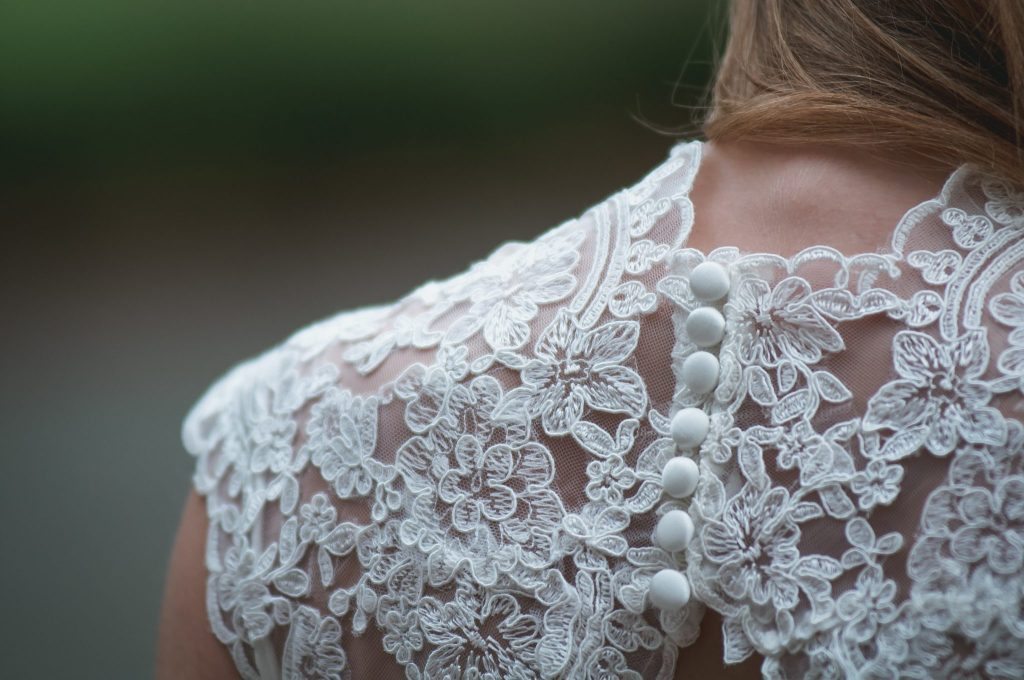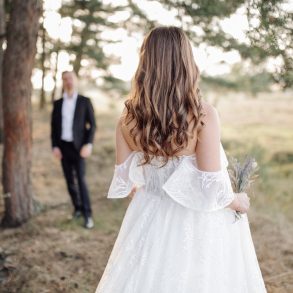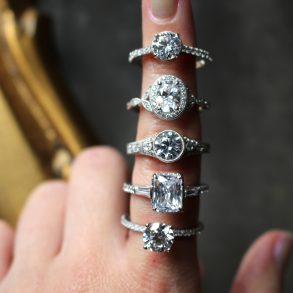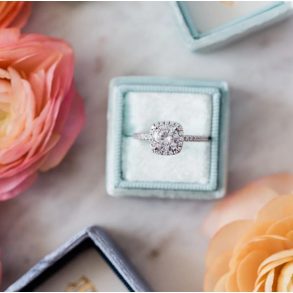If you’ve decided to preserve your second wedding gown, be sure to do it right! Preserving your wedding dress protects it from issues such as color changes, spot development, and general deterioration. Save your dress from these problems so you can wear it again, pass it down to the next generation, or simply treasure it as a keepsake by working with a company who provides all of the following steps:
Inspection
The first part of wedding gown preservation is thorough inspection. This includes inspection of the arm pit areas, hem, and top of the bodice. Any stains must be removed, with the company using special cleaners for each type of stain.
Anti-Sugar Treatment
The next step in wedding gown preservation is anti-sugar treatment. The step ensures any substance featuring sugar, such as frosting, wine, cake, and soda is removed. Dry-cleaning alone does not remove sugar. Removal is essential to avoid yellowing parts of your beloved dress.
Dry-Cleaning
Your dress undergoes dry-cleaning after its anti-sugar treatment, which generally includes a variety of specialty cleaning fluids. The gown is subsequently dried and inspected again to make certain the cleaning process was effective.
Hand-Pressed & Steamed
Once your gown is given the go-ahead, it is hand-pressed and hand-steamed. It is then placed on a bust form to keep the bodice in the correct shape. Sleeves, shoulders, and the bust are “stuffed” if necessary with acid-free tissue paper. The next step is to place the dress in an acid-free box with a window so you can see the bodice. Regular cardboard boxes cause a chemical reaction that causes discoloration and deterioration over time. Your dress should not be sealed in the box either, as this can trap moisture.
If the dry-cleaning company you wish to work with does not provide all of these steps, move on!











